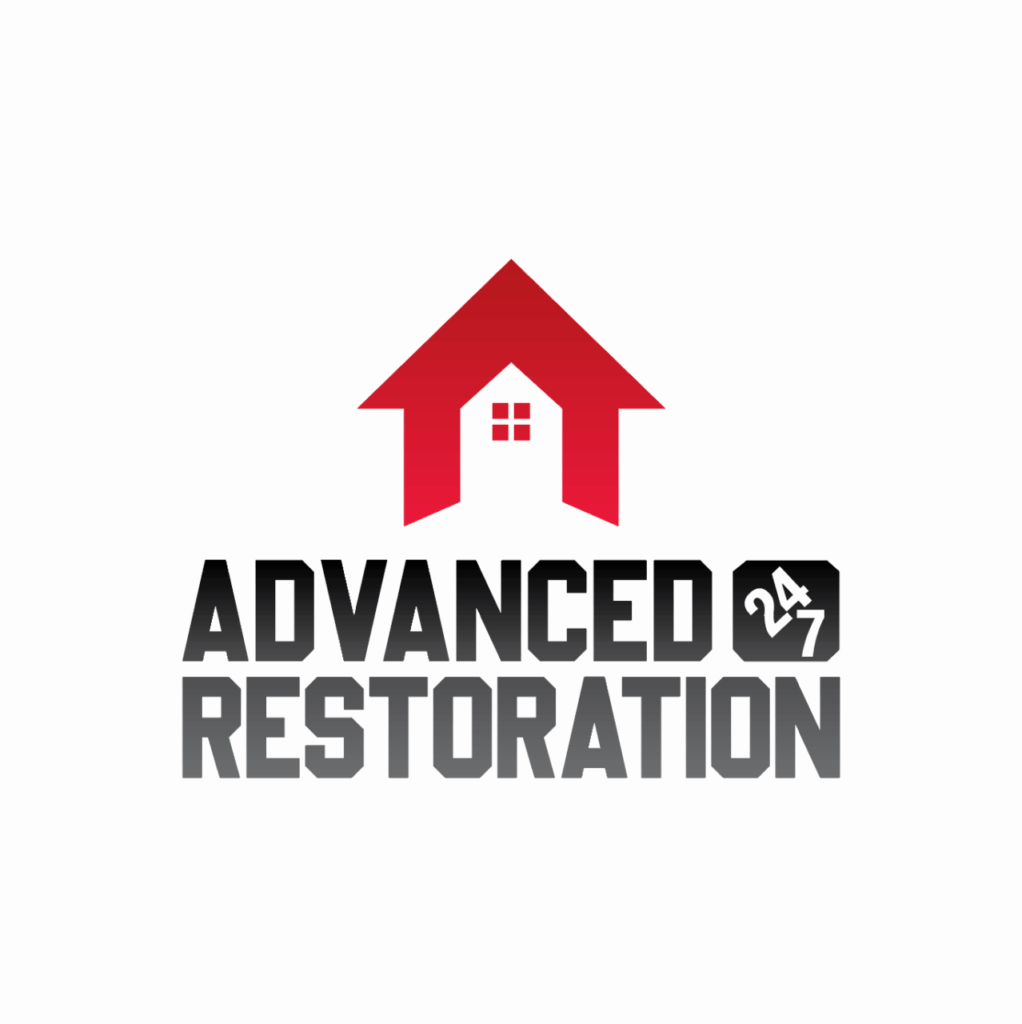Water damage can be a homeowner’s worst nightmare, but prompt and effective action can make all the difference. One crucial element of the water damage restoration process is the use of fans to aid in drying out affected areas. However, a common question arises: How long should you run fans after water damage occurs? This guide will explore the role of fans in water damage restoration, provide insights into the ideal duration for running fans, and share tips to ensure a successful drying process.
How Fans Help Dry Out Water Damage
Fans are invaluable tools in the water damage restoration arsenal. They play a pivotal role in accelerating the drying process by:
- Increasing Air Circulation: Fans promote air circulation, essential for evaporation. This helps moisture evaporate from surfaces, reducing the risk of mold growth and structural damage.
- Enhancing Evaporation: Fans facilitate moisture transfer into the air by constantly moving air across wet surfaces, expediting the drying process.
- Minimizing Odors: Proper ventilation and rapid drying with fans can help prevent musty odors associated with water damage.
Advanced 24/7 Restoration provides comprehensive water damage services, including expert guidance on how long to run fans after water damage — typically 24 to 48 hours, or longer depending on the severity — to ensure thorough drying and prevent mold growth.
How Long Do You Need to Run Fans?
The duration for which you should run fans after water damage depends on several factors, including the extent of the damage, the affected materials, and environmental conditions. Here’s a general guideline:
- 24-48 Hours: In most cases, running fans continuously for the first 24 to 48 hours after water damage is highly beneficial. This initial period is crucial for removing excess moisture and preventing mold growth. It’s especially vital when dealing with materials like drywall and carpet that can retain moisture.
- Regular Monitoring: While the initial 24-48 hours are critical, monitoring is key. Continue to assess the affected areas during and after this period. If materials remain damp or humidity levels remain high, use fans until thoroughly dry.
The Importance of Monitoring Humidity Levels
Monitoring humidity levels is essential during the drying process. Ideally, indoor humidity should be maintained at around 30-50%. Here’s how to do it:
- Use a Hygrometer: Invest in a hygrometer to measure indoor humidity accurately. This tool can help you determine when to stop running fans.
- Adjust as Needed: Persistent high humidity, even with fan operation, signals the need for a dehumidifier to extract remaining airborne moisture effectively.
When to Use a Dehumidifier
Dehumidifiers complement fans by removing excess moisture from the air. Here’s when to consider using one:
- High Humidity: If your hygrometer indicates indoor humidity levels above 50%, a clear sign that you need to measure moisture more effectively, fans alone may not be sufficient; a dehumidifier is essential to bring humidity down to an optimal range.
- Persistent Moisture: To address lingering dampness in specific materials or areas, evidenced by elevated moisture levels, a dehumidifier can be deployed to precisely target and remove the excess moisture, even after fan usage.
Tips for Speeding Up the Drying Process
To expedite the drying process and ensure successful water damage restoration, consider these tips:
- Remove Standing Water: Before deploying fans, remove any standing water by using a wet/dry vacuum or other water extraction methods.
- Open Windows and Doors: Opening windows and doors can significantly accelerate the drying process by increasing air circulation through cross-ventilation.
- Focus on Airflow: Position fans strategically to maximize airflow. Point them toward wet surfaces and avoid creating pockets of stagnant air.
- Professional Assessment: In cases of severe water damage, it’s advisable to seek professional assessment and assistance. Experts can determine the most effective drying strategies and ensure thorough restoration.
What to Do If the Water Damage Is Severe?
Following the Water Damage Restoration Protocol, in cases of severe water damage, such as flooding or extensive roof leaks its essential you hire a water restoration professional. Restoration experts like Advanced 24/7 Restoration have the expertise and specialized equipment to handle extreme water damage scenarios.
Their services may include:
- Advanced Drying Techniques: Restoration experts utilize specialized equipment, including industrial-strength fans and dehumidifiers, to swiftly and thoroughly dry the material.
- Mold Remediation: Severe water damage often leads to mold growth. Restoration experts can assess and remediate mold issues to ensure a safe environment.
- Structural Repairs: Extensive water damage may necessitate structural repairs. Professionals can assess and undertake the necessary renovations.
Securing Your Home’s Future: Water Damage Recovery Done Right
The duration you should run fans after water damage depends on various factors. While an initial 24-48 hours of continuous operation is typically beneficial, ongoing monitoring and adjustment are essential for successful water damage restoration.
Keep a close eye on humidity levels and consider using a dehumidifier if necessary. When dealing with severe water damage, don’t hesitate to seek professional assistance to ensure a thorough and efficient restoration process.
Advanced 24/7 Restoration’s mission is to provide unparalleled care and support to our valued clients. Delivering the best solutions for your property restoration needs. Our vision is to be the top-rated damage restoration company in Denver, known for our exceptional services, professionalism, and dedication to customer satisfaction. Water damage, fire damage, flood damage, and more.
- This author does not have any more posts


